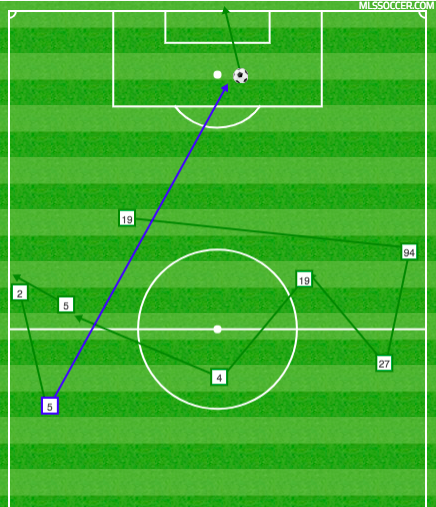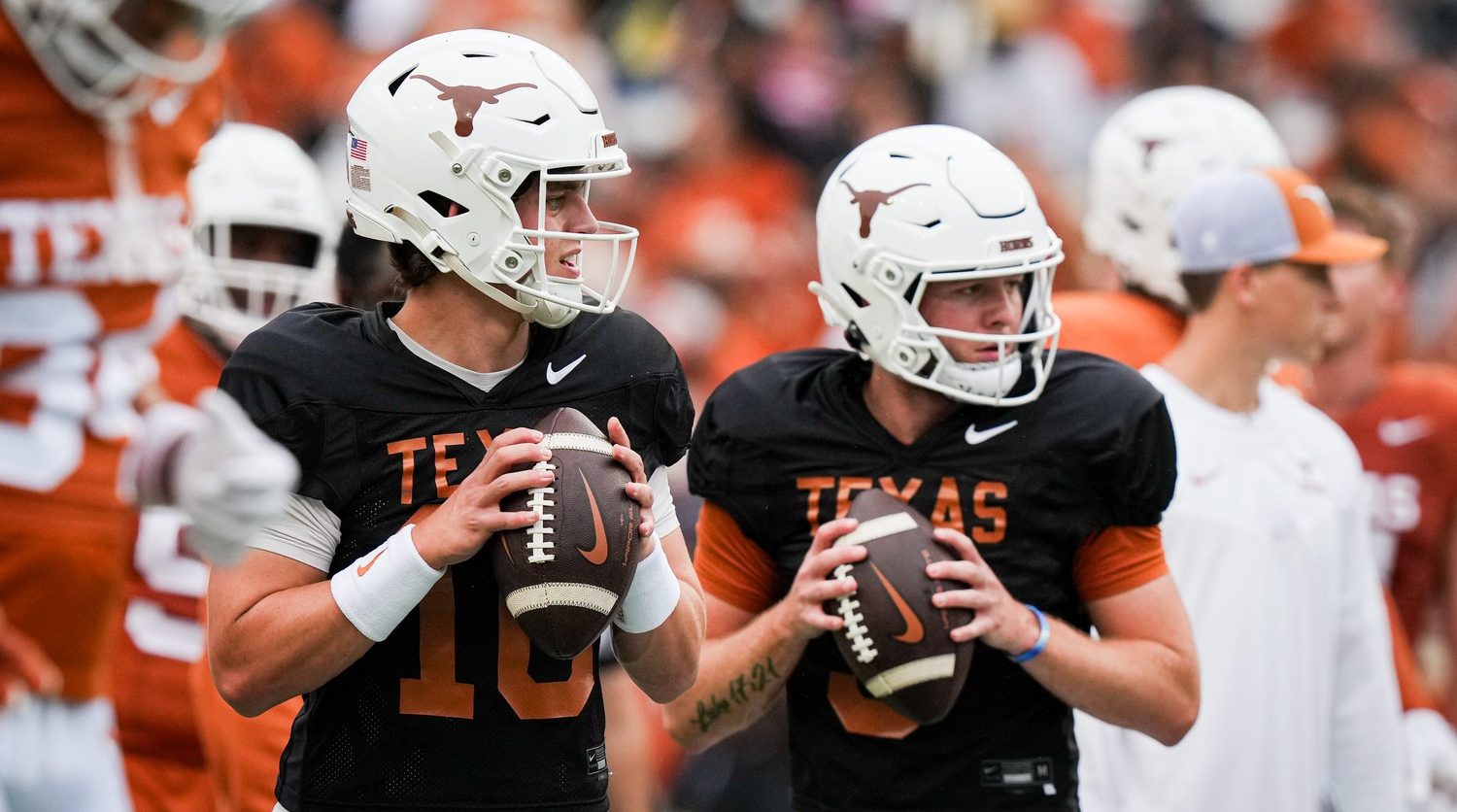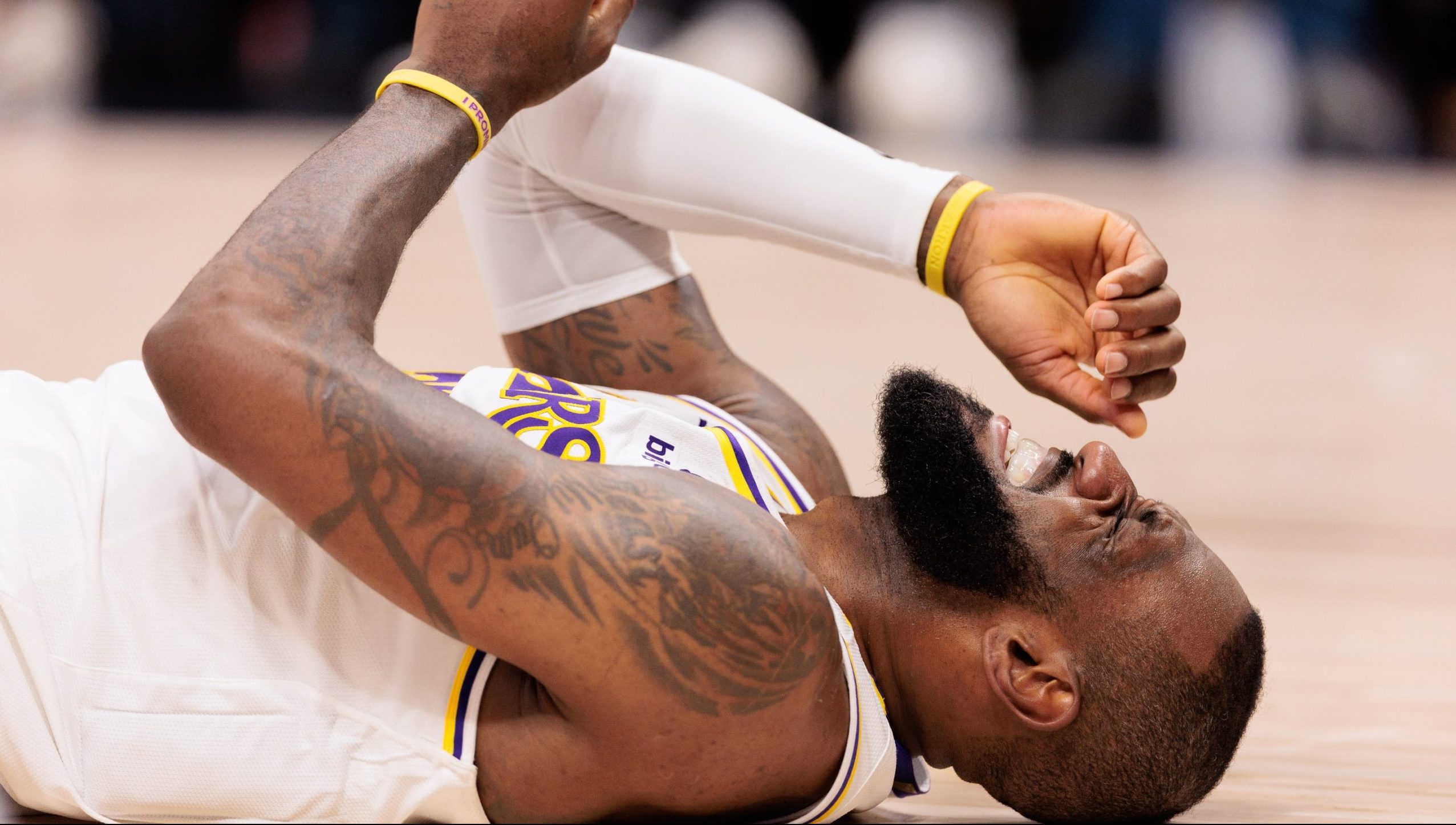For all of the roster turnover and identity overhauls that so often occur in MLS, clubs that maintain structural consistency deserve plaudits. Sporting Kansas City, headed by Peter Vermes, almost singlehandedly make up the select few that have stuck to their guns over an extended period of time. Since Vermes took over as manager in late 2009, SKC have built around a solidified core of players that fit how their coach wants to play, and have stuck to an ingrained set of principles on the field.
Vermes’ teams play a 4-3-3 and pin opposing sides in their own half with a high-set, compact defensive line, daring attackers to carve out a gap behind it. They aren’t new-age adherents to the gegenpress of Jesse Marsch and Jurgen Klopp, but their point of initiation is high, and their squad of ball-hounding pressers can take advantage of the condensed space. That is primarily how they’ve created chances without an elite front three.
Sporting, with USMNT-caliber center back Matt Besler anchoring their backline since 2009, have been one of MLS’ most consistent defensive teams under Vermes. 2017 was arguably their peak in that area, as they allowed just 29 goals in 34 games and brick-walled their way to the postseason. Ike Opara stayed mostly healthy and won Defender of the Year and Tim Melia won Goalkeeper of the Year.
Seth Sinovic and Graham Zusi have bookended the backline full-time since 2011 and Benny Feilhaber and Roger Espinoza partnered in midfield for three years, until Feilhaber was traded to LAFC this offseason. They started to recognize that the core that won MLS Cup in 2013 and three U.S. Open Cups in 2012, 2015 and 2017 was aging, so they renovated a bit before 2018, but it was still mostly intact as they began this year.
Through four games, Sporting have been far from their previously concrete selves.
Sporting KC has allowed nine goals in its first three games and eight minutes this season.
Last year, SKC allowed nine goals in its first 13 games.
— Paul Carr (@PaulCarrTM) March 25, 2018
They’ve given up at least two goals in all four of their early-season matches, after allowing more than one goal in just six games last year. The seven points they’ve taken from a possible 12 doesn’t suggest a significant decline, but given how long they’ve been built around their ability to prevent goals, it is concerning to see the hallmark of their success suddenly go by the wayside.
So, what happened? Why the sudden change? To find the answer, we have to look to last Saturday’s 2-2 draw in Colorado, and the two goals SKC gave up in the first eight minutes. The errors in tactical set-up and execution that have defined their first four games are present both of those early goals.
Here is the Rapids’ first, scored by Dominique Badji:
Immediately, the acres of space allowed to Colorado wing-back Edgar Castillo stands out. That he found himself so wide open can be partially attributed to a Rapids passing sequence not shown in the above clip.
It started with Castillo throwing the ball in from the near-side touchline in SKC’s defensive half. Eight Sporting players set up to defend the throw, with the right back Zusi closest to Castillo and SKC’s three midfielders all within the camera shot. Striker Joe Mason received the throw on the outskirts of the 18-yard box as he cut away from Espinoza, who tracked the ball as it moved to the left side of the field. Jack Price, Marlon Hairston and Johan Bloomberg exchanged passes in the resulting space.
Once the ball got to the left side, Sporting’s organization remained stout — they had numbers behind the ball and the players that had moved over communicated well to get two men to the ball and cover passing lanes. Behind the play, though, there seemed to be confusion as to which midfielders would press the ball and which would stay in place, protecting the channels in front of the backline. Here’s what it looked like as Price’s switch made its way to Castillo:
Castillo is not seen in that shot, but he was completely alone on the Rapids’ left flank. Notice how many Sporting players are situated in the middle of that screenshot — seven, four from the backline, two midfielders and one winger, Yohan Croizet. A good portion of responsibility falls on Croizet for this goal; the Frenchman has all too often failed to track back for SKC this season.
The more telling issue, one that can better help diagnose their overall defensive struggles, is the amount of midfielders that rotated to the ball, and the effect it had on Zusi, who was forced to pinch closer to his center backs because there was no midfielder to safeguard that gap. The result was Castillo sitting all by himself. SKC were too compact for their own good.
Three minutes later, Mason added a second for the Rapids. His goal was somewhat fluky, but it came from an uncharastically simple error, and the build-up again shows flaws in Sporting’s midfield rotations (or lack thereof). You can’t let a striker run in behind so freely:
When Mason latched on to the long ball from center back Tommy Smith, most viewers were waiting for the assistant referee’s flag to wave. There is no way he could have gotten himself so wide open without being offside, could he? Upon further viewing, it became clear that a trailing Opara kept him onside.
Opara was running back — from what, who knows — into his position on the backline, and Besler, who would have been tracking Mason, did not account for the English forward, thinking he was in an offside position. Rarely have we seen Sporting KC’s top-tier defenders make these kinds of simple mistakes. Those miscommunications and lapses in concentration were almost entirely absent last year, but have been all too prevalent early this season.
Colorado had gained the opportunity to play that long ball by dragging SKC’s midfield out of place with simple possession at the back, and then gaining numbers higher up the field. Even if Smith had not played Mason through, the Rapids would have had the opportunity to attack the half-space between the backline and midfield. Here’s the sequence of passes that led to the goal:
Early in that possession, Colorado had switched play from the left to the right, to wing-back Marlon Hairston. SKC were sitting deep when this switch happened, and continued to hold their deep line as the Rapids enjoyed comfortable, harmless deep possession. Their defensive shape was a tight 4-2-3-1, with only striker Khiry Shelton lightly pressing the ball. This is normal, considering the Rapids had just finished a spell of possession higher up the field.
It became less normal when SKC were completely drawn out by a light dribble forward by Smith. The center back strolled forward, laid it off to Castillo, and then retreated back a bit, being pressed by Croizet. That’s when he hit the ball over the top to Mason, having thoroughly disjointed SKC’s weird, half-hearted midfield press. Here’s a better look at the build-up:
The build-up to Colorado’s second goal. Way too easy to draw out SKC’s midfield here, beyond the errors by Opara and Besler. pic.twitter.com/MqPNtDoSLP
— Harrison Hamm (@harrisonhamm21) March 26, 2018
The misguided forward ventures of KC’s midfielders can be seen in that clip. There seemed to be little organization or chemistry as they pushed forward, and while Smith’s immediate long ball saved the midfield from blame in this situation, his movement disconnected it.
Sporting’s struggle to defend is a combination of individual lapses, as seen by Croizet on the first goal and Opara and Besler on the second, and structural issues, mainly in midfield. The middle three is too easy to move around as a unit, whether through constant switching of play or simple possession sequences, and Smith gave an example of that weakness in Colorado.
They have thrived for so long thanks to their ability to cover ground in midfield and prevent distribution, playing a large part in the backline’s consistently solid performance. SKC have been a factory of athletic, hard-tackling midfielders, from Ilie Sanchez to Espinoza to Soni Mustivar. Now, the midfield has to individualize their pressing a bit more, in order to prevent opening massive gaps, and they need more defensive contribution from the wingers, especially Croizet, who has not looked worth it so far.
These are fixable, and given how talented that central defense is, it seems like a good bet that those errors will decrease as the season goes on. Everyone will get tighter and more organized, truer to the SKC way, and Vermes will find the right personnel to put on the field. All he has to do to find the answers is watch his own team’s tape from the last few years.








